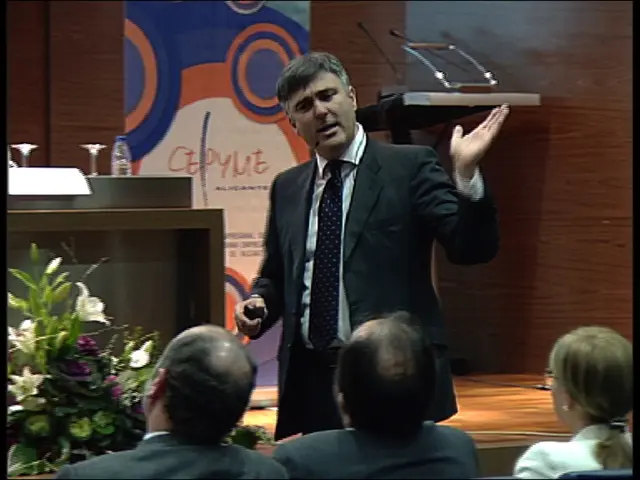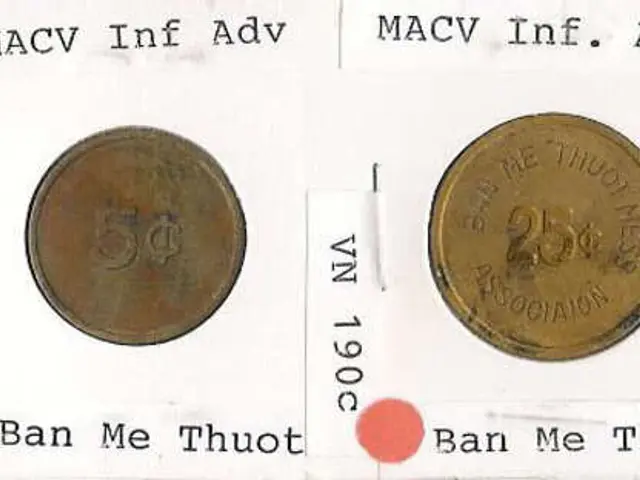Fusion research in Canada receives support from General Atomics, driving the UNITY-2 project, as worldwide investment in fusion surges to an impressive $2.64 billion.
Canada is making a significant stride in the realm of nuclear energy, positioning itself as a hub for both fission and fusion innovation. The country is leveraging its existing nuclear infrastructure to propel itself forward in the rapidly evolving fusion energy sector.
One of the most notable developments in this area is the UNITY-2 facility, which will be based at the Canadian Nuclear Laboratories campus in Ontario. Scheduled to go live by mid-2026, UNITY-2 will be the first fully integrated facility in the world to test the deuterium-tritium (D-T) fuel cycle. The investment aims to speed up the development of UNITY-2, a tritium fuel cycle test facility.
The UNITY-2 facility will focus on the fuel cycle system, simulating the full process of tritium recovery, purification, and resupply. This is a crucial aspect of fusion energy development, as tritium is rare, radioactive, and expensive. Mastering its safe handling will determine how practical and scalable fusion power becomes.
The UNITY-2 project is a joint venture between Canadian Nuclear Laboratories (CNL) and Kyoto Fusioneering. CNL has shown strong support for fusion energy development, hosting events like Fusion Day 2024 in Ottawa, where leaders unveiled the "Fusion Energy for Canada" report, a national strategy to make fusion energy part of the country's net-zero toolkit by 2050.
The fusion industry is experiencing a surge in growth, both in Canada and globally. The Fusion Industry Association's Global Fusion Industry Report shows that companies raised $2.64 billion between July 2024 and July 2025, a 178% jump from the previous year. This growth is reflected in the industry's workforce, which now employs more than 4,600 people directly and another 9,300 in the supply chain.
Notable investments include Pacific Fusion, which raised $900 million in a Series A round, one of the largest in fusion history. Another well-funded company is Marvel Fusion, based in Germany, which extended its Series B to €113 million, making it Europe's best-funded fusion company.
Traditional energy giants like Chevron, Shell, and Equinor have also invested in fusion startups, recognising the potential of this clean, virtually limitless energy source. Microsoft partnered with Helion Energy for 50 megawatts of fusion power by 2028, a deal that has since grown with Helion raising a $425 million Series F round in January 2025.
Google signed a 200-megawatt power purchase agreement with Commonwealth Fusion Systems (CFS), the largest corporate offtake deal in fusion history. General Atomics, a global leader in fusion research, is also involved, having invested $20 million over ten years in Fusion Fuel Cycles, Inc. (FFC). With UNITY-2, General Atomics will not only contribute funding but also use the facility to advance its own R&D on fusion components.
Despite the challenges, 84% of fusion companies expect to supply electricity to the grid before 2040, with over half targeting 2035. This optimism is shared by the Department of Energy's Fusion Energy Sciences Advisory Committee (FESAC), which has unveiled a roadmap for U.S. fusion and plasma research.
As Canada continues to invest in and develop fusion energy, it is poised to play a significant role in the global transition towards clean, sustainable energy sources.








